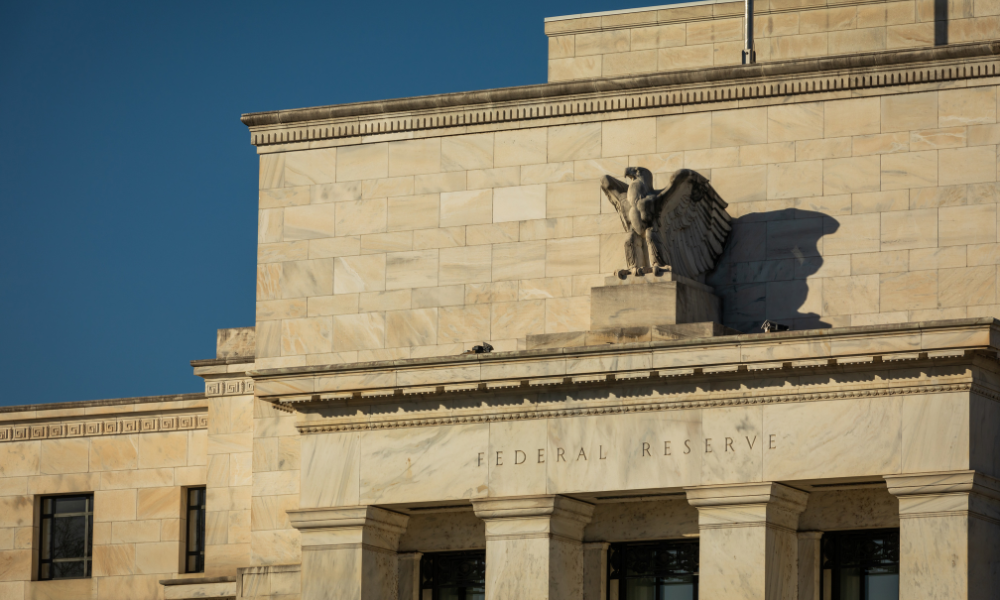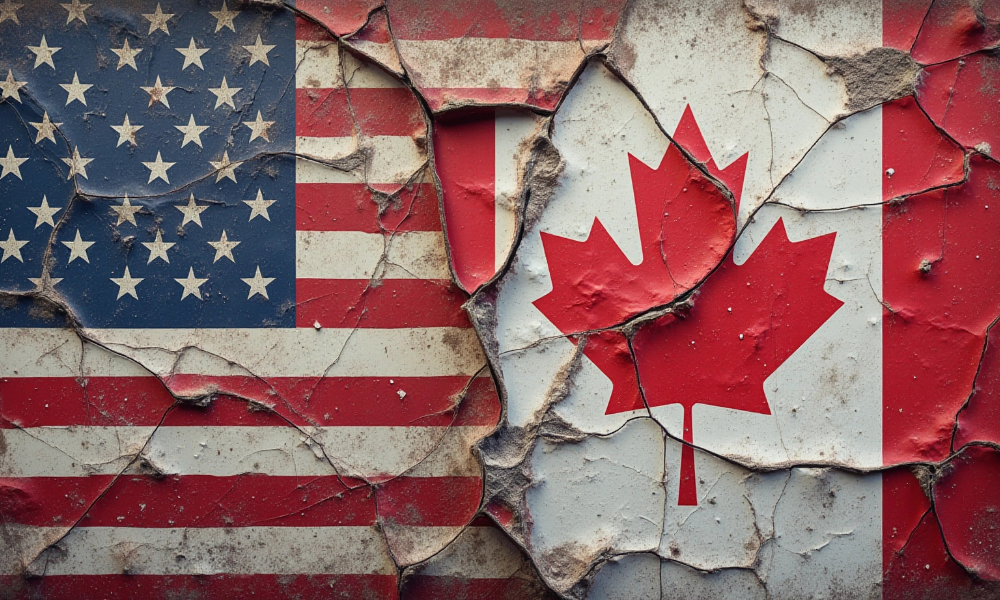Trump's push for reciprocal tariffs adds uncertainty as the Fed signals caution on future rate cuts

Meeting minutes from the US Federal Reserve's January session, released Wednesday, reveal that officials agreed to await further declines in inflation before considering additional interest rate cuts.
In a report by CNBC, the Federal Open Market Committee (FOMC) unanimously voted to keep the key policy rate unchanged after three consecutive cuts in 2024, which totaled one percentage point.
During the meeting, policymakers discussed potential economic impacts from the new US administration's policies, including proposed tariffs and changes in regulations and taxes.
The committee noted that current monetary policy is “significantly less restrictive” than before the rate cuts, allowing time to assess economic conditions before making further adjustments.
Members emphasized that, provided the economy remains near maximum employment, they would require additional progress on inflation before altering the federal funds rate target.
Officials expressed concern that proposed policy changes, such as tariffs, could keep inflation above the Federal Reserve's 2 percent target.
US President Donald Trump has already instituted some tariffs and recently suggested expanding them.
On February 13, according to AP News, Trump signed a memorandum directing his administration to determine appropriate reciprocal tariffs on foreign imports, aiming to match the tariff rates that other countries impose on US exports.
While this move seeks to eliminate trade imbalances, it could lead to economic confrontations and potential retaliatory measures from trading partners.
The meeting summary highlighted concerns about the effects of potential changes in trade and immigration policy, as well as strong consumer demand.
Business contacts in several Federal Reserve districts indicated that firms might pass increased input costs from potential tariffs on to consumers.
Participants also noted “upside risks to the inflation outlook,” particularly due to possible effects of changes in US trade and immigration policy.
Since the January meeting, Federal Reserve officials have maintained a cautious stance regarding future policy moves. They view current interest rates as providing flexibility to evaluate economic trends before making adjustments.
While inflation and employment remain primary focuses, the US administration's fiscal and trade policies introduce additional complexities.
Despite concerns over tariffs and inflation, the minutes reflected “substantial optimism about the economic outlook,” partly due to expectations of regulatory easing and potential tax policy changes.
However, many economists believe that proposed tariffs could further elevate inflation.
Federal Reserve officials have indicated that their response will depend on whether tariffs result in temporary price increases or more persistent inflationary pressures requiring policy intervention.
Recent inflation data has been mixed. Consumer prices rose more than expected in January, while wholesale prices suggested softer pipeline pressures.
Federal Reserve Chair Jerome Powell has largely avoided speculating on the potential impact of tariffs, though other officials have acknowledged that new trade measures could influence policy decisions.
If inflation remains above target, further rate cuts may be delayed. Market projections currently suggest the next reduction could occur in July or September.
The Federal Reserve's benchmark overnight borrowing rate remains within a target range of 4.25 percent to 4.5 percent.



